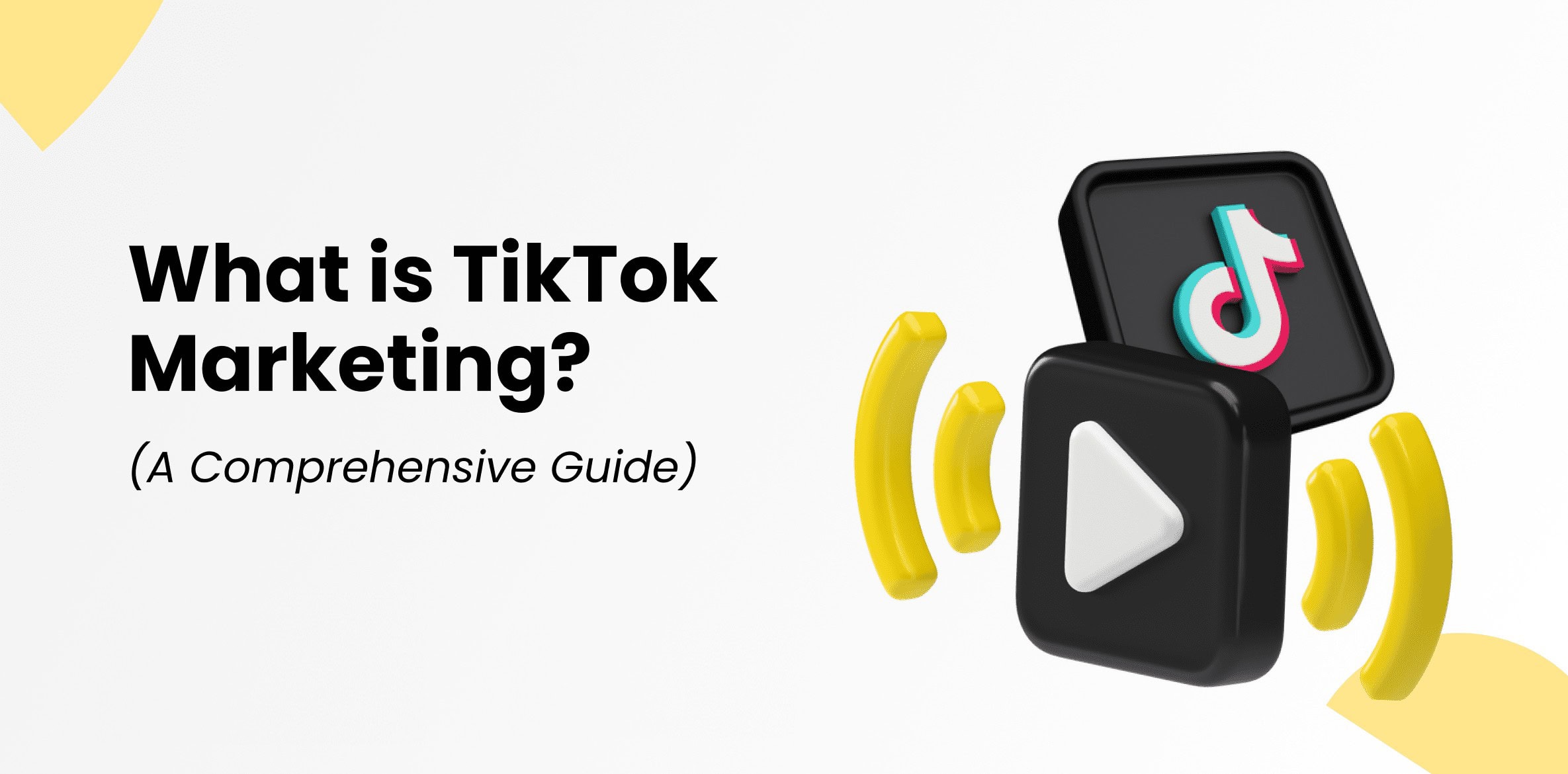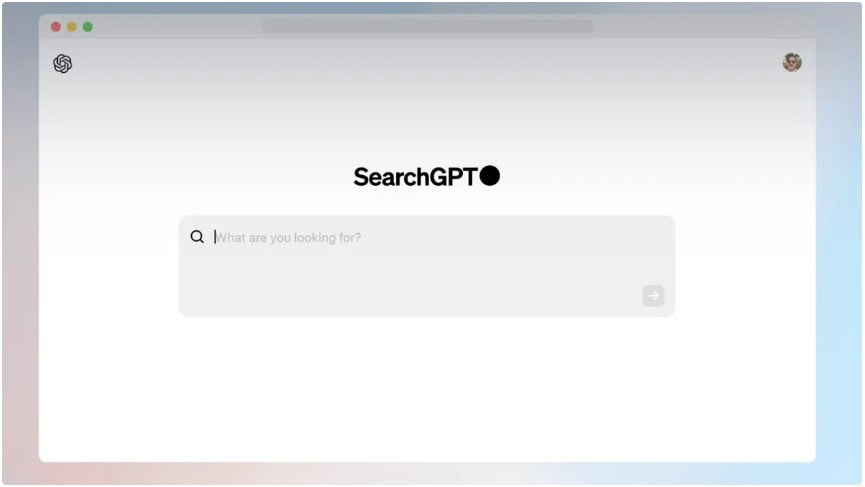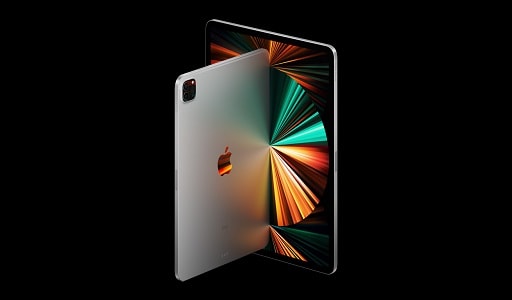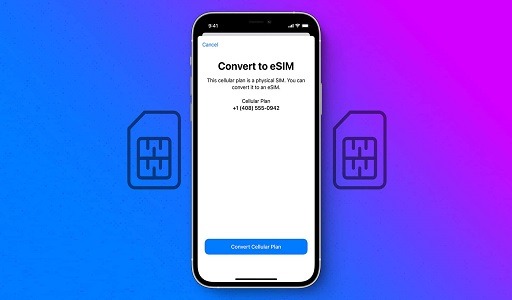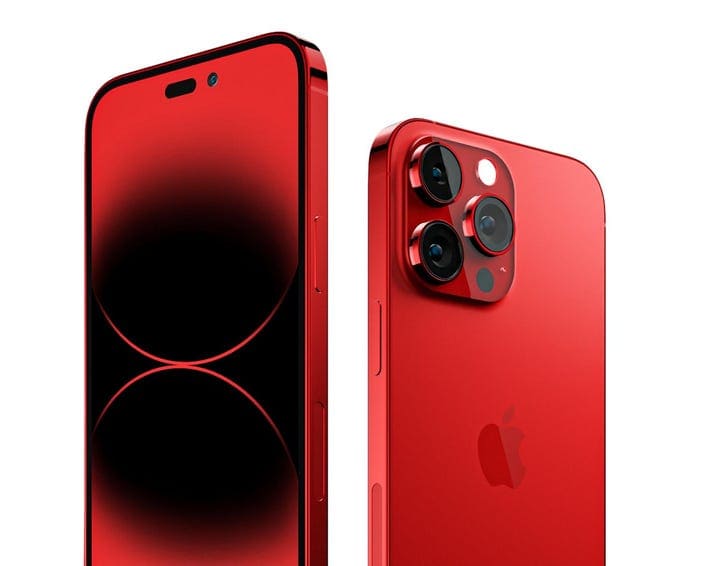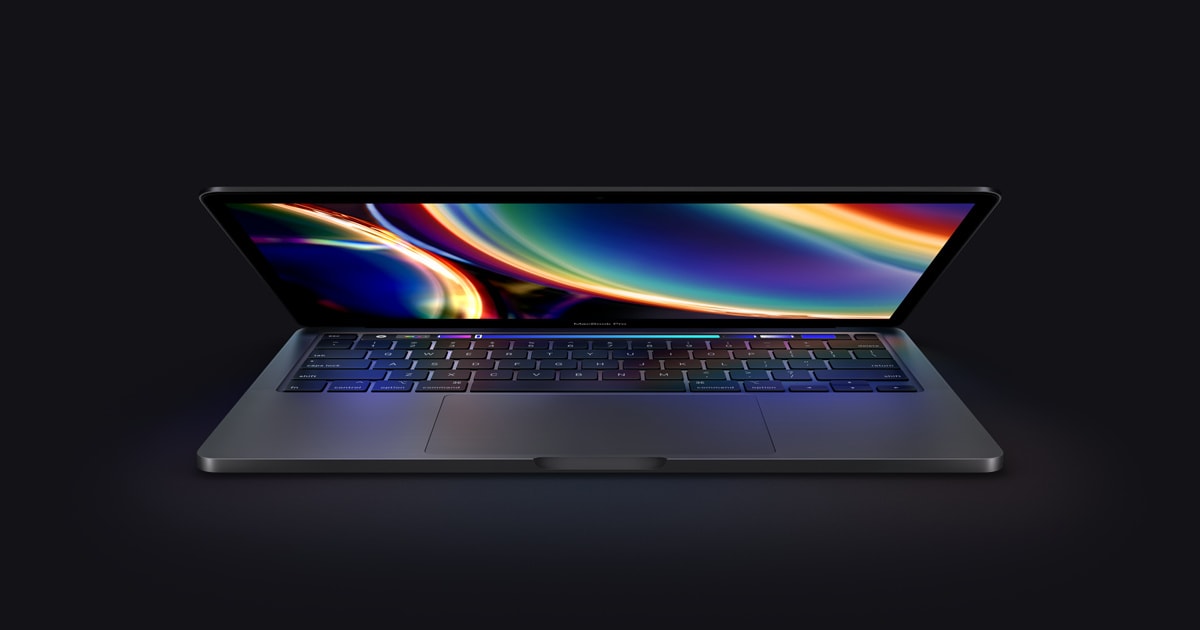iPhone 14 Pro Buying Guide: This year, Apple has released four new iPhone 14 models: the iPhone 14, iPhone 14 Plus, iPhone 14 Pro, and iPhone 14 Pro Max. That’s right, no Mini model for 2022, and Apple has replaced it with a new, larger Plus model, a name that hasn’t been used on an iPhone since the iPhone 8 Plus in 2017.
You are probably wondering which iPhone 14 is best for you at this point. That’s what we’re going to help you with here, with a comprehensive breakdown of what makes each new iPhone 14 unique.
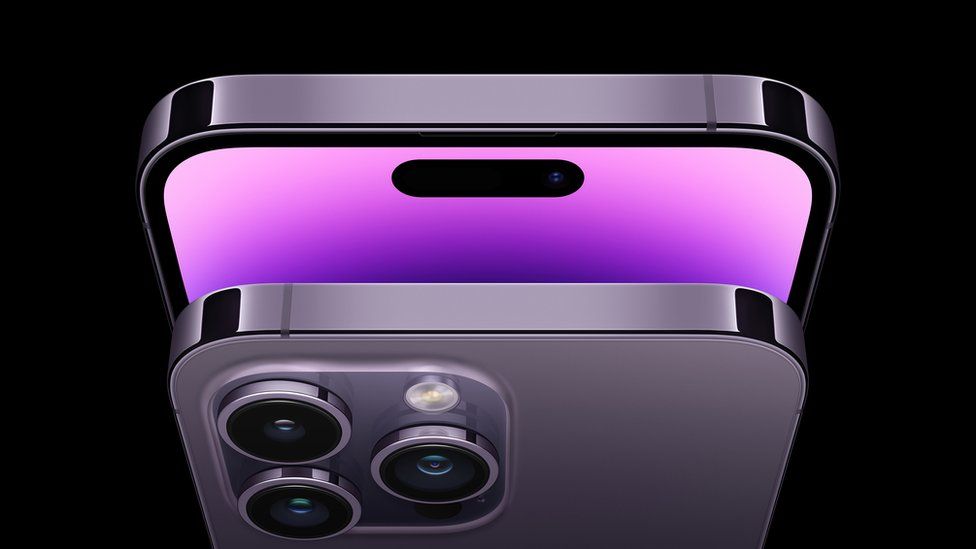
iPhone 14 and iPhone 14 Plus
The iPhone 14 is the most basic of the new iPhone models. It has an aluminum body and a 6.1-inch Super Retina XDR OLED screen protected by Apple’s Ceramic Shield glass. The design is similar to that of the iPhone 13 and thus to that of the iPhone 12. It has flat sides as well as a flat back panel. It is water and dust resistant to IP68 standards, making it suitable for daily use.
This also applies to the iPhone 14 Plus, with the main difference (other than price) being the Plus model’s larger 6.7-inch Super Retina XDR OLED screen. This also means that the Plus is slightly heavier — 203 grams rather than 178 grams — and that the battery has a slightly higher capacity for slightly longer use time, with Apple claiming 26 hours of video playback versus 20 hours. Otherwise, all of the information below applies to both new iPhone 14 phones, which will ship with the new iOS 16 software.
You may also like New Apple iPad Air 4th Generation
iPhone 14 cameras
This also applies to the iPhone 14 Plus, with the main difference (other than price) being the Plus model’s larger 6.7-inch Super Retina XDR OLED screen. This also means that the Plus is slightly heavier — 203 grams rather than 178 grams — and that the battery has a slightly higher capacity for slightly longer use time, with Apple claiming 26 hours of video playback versus 20 hours. Otherwise, all of the information below applies to both new iPhone 14 phones, which will ship with the new iOS 16 software.
The TrueDepth selfie camera now has autofocus, a first for the iPhone’s front camera, as well as an f/1.9 aperture. Both features should improve low-light performance when combined. A new feature called the Photonic Engine works on each of the iPhone 14’s cameras to improve low-light photography. Apple claims that the main camera’s performance will be improved by two and a half times, and the wide-angle and TrueDepth cameras’ performance will be improved by two times.
With the addition of a new TrueTone flash, Dolby Vision HDR, and a new Action mode that adds gimbal-like stabilization to video, the iPhone 14’s camera has seen a significant improvement over the iPhone 13. What else is there? Crash Detection and Emergency SOS via Satellite are two new safety features. While we hope you never need them, they are unique on a modern smartphone for gaming.
iPhone 14 Crash Detection and Satellite
Crash Detection works similarly to the new Apple Watch Series 8 in that it measures G-force and listens for specific sounds associated with a car accident while driving, then automatically calls an emergency service for you. When you don’t have cellular connectivity, Emergency SOS via Satellite uses satellites to send messages to an emergency service.
It has a clever system to help guide your phone toward the satellites in the sky (because you can’t see them, obviously), as well as a series of canned messages to make getting help quick and easy. It also integrates with the Find My app, allowing you to share your location with friends and family. The feature will initially be available only in the US and Canada.
Apple has equipped the iPhone 14 with the A15 Bionic processor and 5G connectivity, as well as eSIM support. This is important to know if you’re purchasing an iPhone 14 in the United States, as it won’t come with a SIM tray like older models, and you’ll need to use an eSIM system to activate the phone.
You may also like New Apple AirPods Max: Everything You Need To Know
iPhone 14 and iPhone 14 Plus price and availability
The iPhone 14 and iPhone 14 Plus have different release dates and prices, so let’s start with the iPhone 14. It will be available for pre-order on September 9 at 5 a.m. PT, and it will be available for general release on September 16. The iPhone 14 Plus will be available for pre-order on September 9, but will not be available until October 7.
Here are the prices:
- Apple iPhone 14 128GB: $799, or 849 British pounds
- Apple iPhone 14 256GB: $899, or 959 pounds
- Apple iPhone 14 512GB: $1,099, or 1,179 pounds
- Apple iPhone 14 Plus 128GB: $899, or 949 pounds
- Apple iPhone 14 Plus 256GB: $999, or 1,059 pounds
- Apple iPhone 14 Plus 512GB: $1,199, or 1,279 pounds
There are five colors to choose from: blue, Midnight, Starlight, purple, and (PRODUCT)RED.
iPhone 14 Pro and iPhone 14 Pro Max
If the iPhone 14 sounds like a minor upgrade over the iPhone 13 and hasn’t piqued your interest, the iPhone 14 Pro or Pro Max should. Apple has pulled out all the stops for its Pro line, and the two are vastly different from the cheaper models.
The main distinction between the two is, once again, the screen size. The Pro Max does not have any additional camera features, but it does have a slightly larger battery, so you may gain some use time if you buy it. The iPhone 14 Pro has a 6.1-inch Super Retina XDR screen with a 120Hz refresh rate and ProMotion, while the iPhone 14 Pro Max has a 6.7-inch Super Retina XDR screen with ProMotion.
In terms of battery life, Apple expects the iPhone 14 Pro Max to last 29 hours, while the smaller iPhone 14 Pro will last 23 hours. They, like the iPhone 14 and iPhone 14 Plus, have MagSafe wireless charging, and a 20W charger will charge the battery to 50% in about 35 minutes. The Pro and Pro Max will also include Crash Detection and Emergency SOS via Satellite, as well as the new iOS 16 software. All of the features discussed here are shared by both Pro models.
You may also like New Apple Watch Series 6 with GPS and Cellular
iPhone 14 Pro processor and design
Both the Pro and Pro Max are outfitted with Apple’s latest A16 Bionic processor, the company’s first built using a 4nm process for improved efficiency. It enables the phone’s computational photography features, and the new GPU promises increased memory bandwidth for improved game graphics.
Both Pro models have a stainless steel chassis, Ceramic Shield protective glass over the screen, and are water-resistant to IP68 standards. Both phones have a 7.85mm chassis but are heavy, with the iPhone 14 Pro weighing 206 grams and the iPhone 14 Pro Max weighing 240 grams. If you purchase the iPhone 14 Pro or Pro Max in the United States, it will not include a SIM tray; instead, it will use an eSIM system.
iPhone 14 Pro screen and Dynamic Island
The screens are jam-packed with cutting-edge new technology. They have thinner bezels and more active screen space than previous generations, and they can operate at up to 1,600 nits of brightness, with a boost to 2,000 nits in direct sunlight. Best of all, the iPhone now has an always-on screen, ready to take advantage of iOS 16’s new lock-screen features. It saves a lot of power by lowering the refresh rate to 1Hz and then having co-processors deal with the information on the screen.
The top of the screen’s notch has been redesigned and is now shaped like a pill, but you might not expect it to be part of a major new UI feature called Dynamic Island. Forget the silly name; this is one of the most innovative new iPhone features we’ve seen in a long time. It adapts to show a wide range of information and tools by combining the pill-shaped cutout and iOS, popping up and changing shape as needed. It promises to completely transform how we use the screen on the top iPhone 14 models.
iPhone 14 Pro cameras
Moving on to the cameras, a new 48MP main camera with an f/1.78 aperture and quad-pixel binning leads the lineup, and is joined by a 12MP wide-angle camera and a 12MP telephoto camera with a 3x optical zoom. The front-facing camera is the same new 12MP autofocus camera found on the iPhone 14 and iPhone 14 Plus, but it now records 4K ProRes video at 30 frames per second. A redesigned Adaptive True Tone flash has nine LEDs that adjust to provide the best lighting for the photos being taken.
The cameras also use the Photonic Engine and have a stabilized Action Mode, as well as ProRAW support on the main 48MP camera and ProRes video recording at 4K and 30 frames per second. The macro mode has also been improved, and the Pro and Pro Max now have a Night Portrait mode not found on the other models, as well as a LiDAR sensor to help with focus.
You may also like Reasons to buy 13-inch MacBook Pro instead of the MacBook Air
iPhone 14 Pro and iPhone 14 Pro Max price and availability
Both the iPhone 14 Pro and iPhone 14 Pro Max will be ready for pre-order on September 9 at 5 a.m. PT and then available to buy starting on September 16. The prices are as follows:
- iPhone 14 Pro 128GB: $999, or 1,099 pounds
- iPhone 14 Pro 256GB: $1099, or 1,209 pounds
- iPhone 14 Pro 512GB: $1299, or 1,429 pounds
- iPhone 14 Pro 1TB: $1499, or 1,649 pounds
- iPhone 14 Pro Max 128GB: $1,099, or 1,199 pounds
- iPhone 14 Pro Max 256GB: $1,199, or 1,309 pounds
- iPhone 14 Pro Max 512GB: $1,399, or 1,529 pounds
- iPhone 14 Pro Max 1TB: $1,499, or 1,749 pounds
There are four colors to choose from Space Black, silver, gold, and Deep Purple.
That’s all there is to say about the new iPhone 14 and iPhone 14 Pro models, but they weren’t the only ones announced by Apple at its September 7 event. We’ve got all the details on the others, as well as exclusive content on the Apple Watch Series 8, the Apple Watch SE 2, and the exciting new Apple Watch Ultra. When you’ve decided which new iPhone is best for you, take a look.
Would you like to read more about iPhone 14 Pro Buying Guide-related articles? If so, we invite you to take a look at our other tech topics before you leave!

